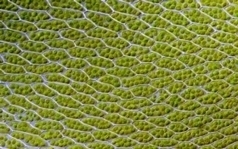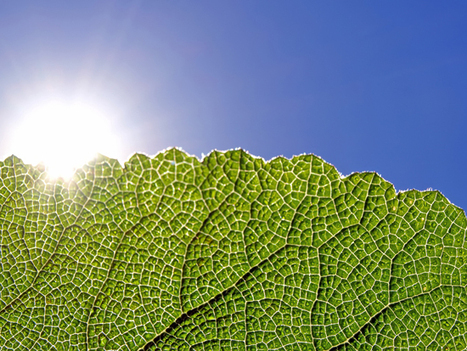Like all injection molding processes, HARBEC heats solid plastic until it liquefies, presses the molten plastic into the cavity of a mold, and waits for the part to cool before ejecting it. This series of steps—melt, press, cool, eject—is called a cycle. When thousands or even millions of parts are being manufactured for a customer, the duration of each cycle is critical, and HARBEC knew that the cooling step was adding up to significant time and energy costs.
The project focused on the challenge of decreasing the time and energy spent during the cooling phase of the injection molding process. Turning to the many cooling systems in nature for inspiration, Terrapin worked with HARBEC’s engineering and manufacturing teams as well as topical experts from our network to innovate on current designs. After abstracting the underlying principles of the fluid-carrying channels in certain leaves, the project team combined these insights with the capabilities of additive manufacturing. The result is a design that reduces the time and energy used by more than 20% compared to conventional solutions. Read the case study for the full account of how we unlocked these significant energy and time savings!
Research and publish the best content.
Get Started for FREE
Sign up with Facebook Sign up with X
I don't have a Facebook or a X account
Already have an account: Login
 Your new post is loading... Your new post is loading...
 Your new post is loading... Your new post is loading...
|
|















